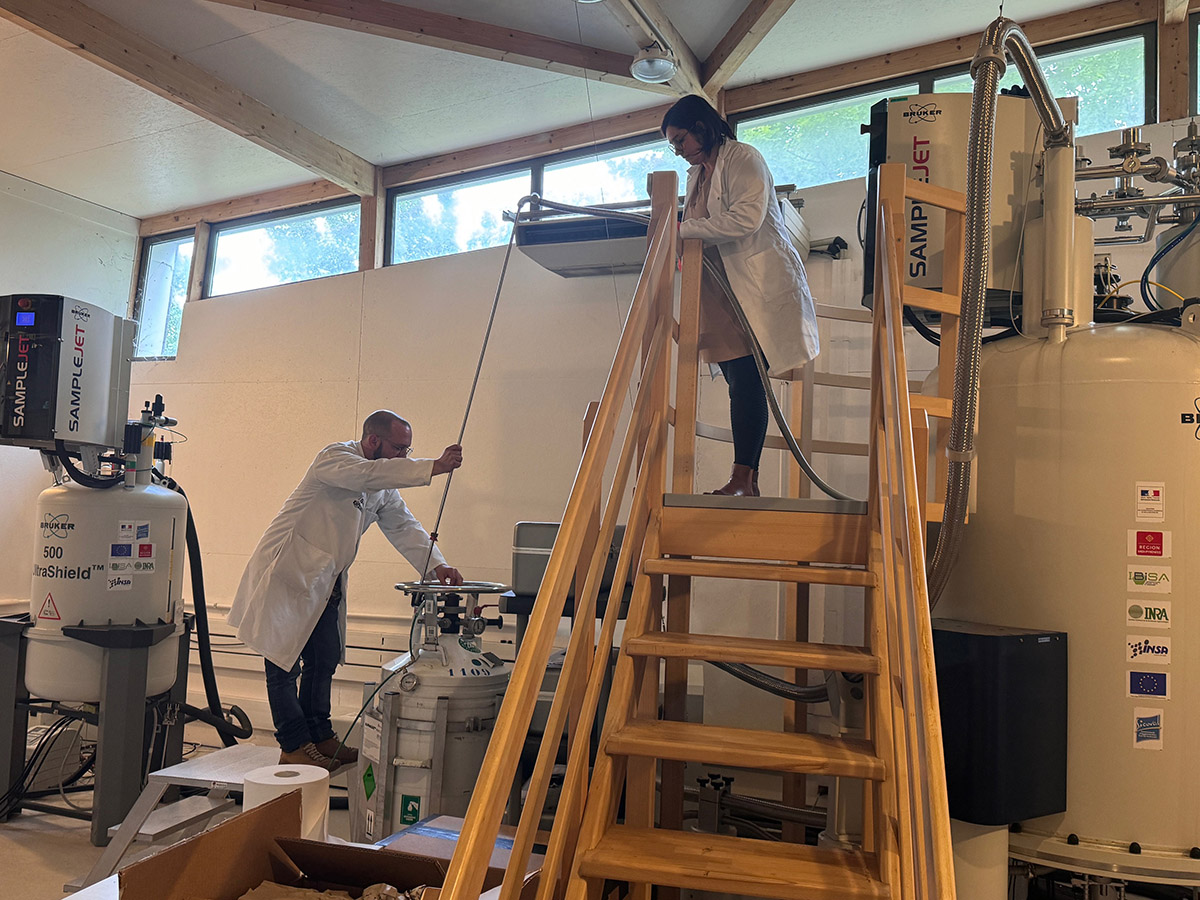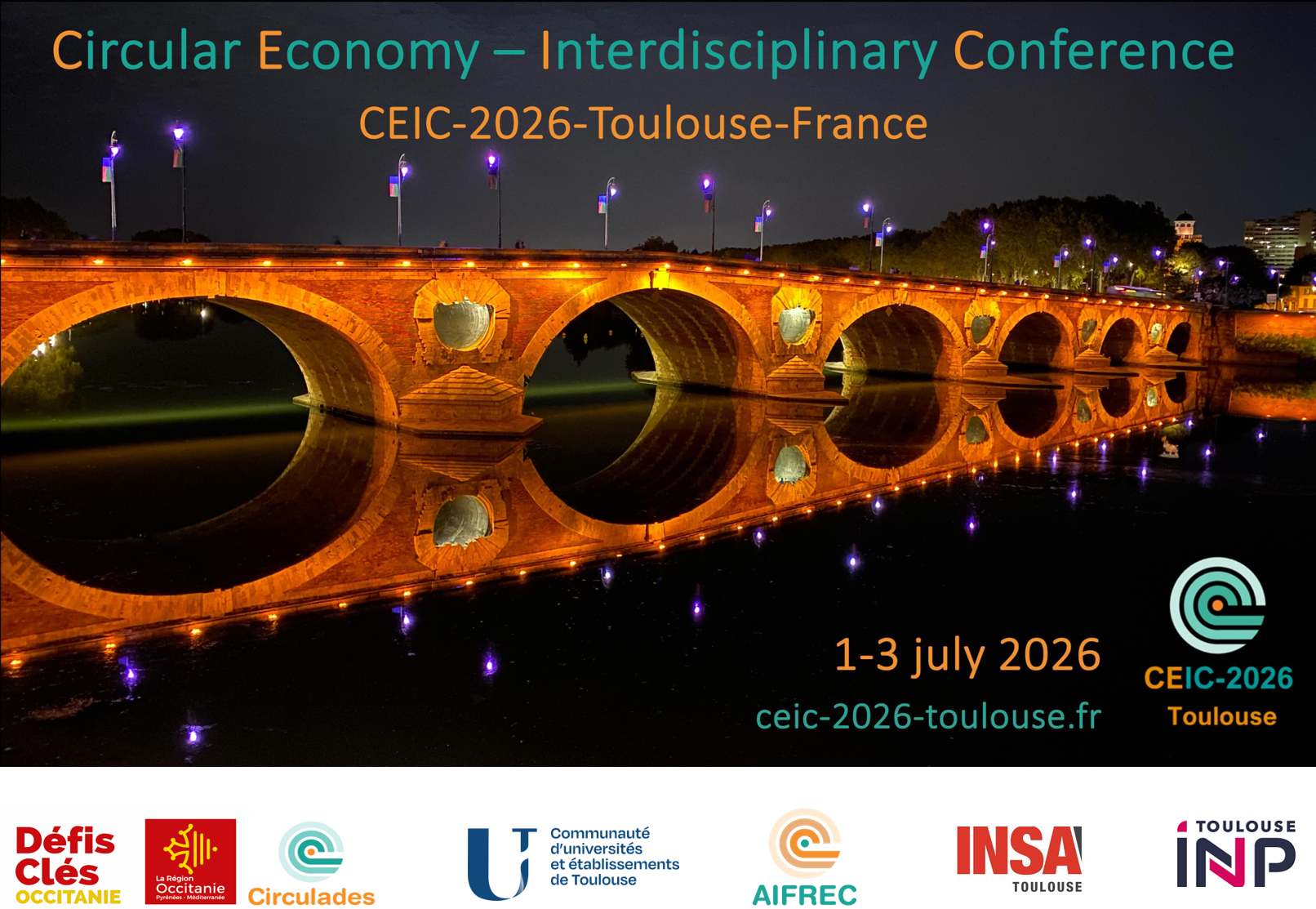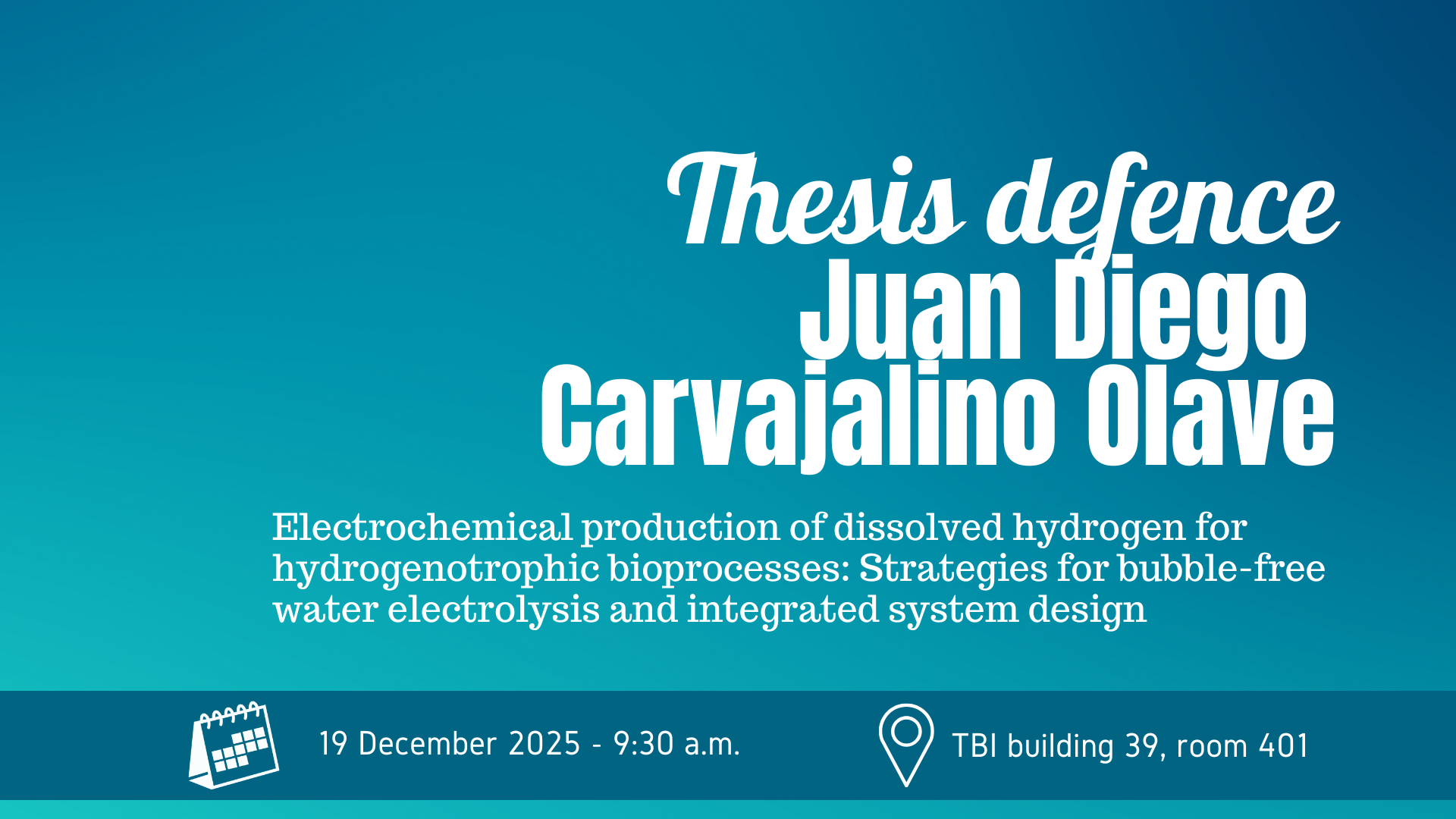Through the OCSSIGEN project (Offre de Compétences et de Services pour la Santé et l'Innovation sur les plateformes Genotoul) funded by the Occitanie Region as part of the European REACT-EU recovery plan, TBI's MetaToul-FluxoMet platform has been able to strengthen its research and innovation potential in the field of NMR metabolomics. In 2022, it received a new-generation nuclear magnetic resonance console to drive its 800 MHz cryomagnet.
This new equipment, coupled with a micro-cryoprobe, speeds up metabolite profiling while increasing sensitivity and parallelizing acquisitions. The 800 MHz NMR spectrometer, located on the INSA TBI site, is dedicated to the functional analysis of metabolism at the cellular, tissue or more complex organism level. This technical device, unique in the region, is used and developed within the framework of this project, in a biotechnology and human health context, for quantitative metabolic profiling and isotopic (13C) profiling approaches. The aim is to offer the scientific community new services, with the potential for analysis of new biological niches (type and/or quantity of matrices), and thus increase analysis throughput and the amount of information gathered from a single sample.
NMR spectroscopy is used in metabolomics for the wealth of information it provides, its robustness and its quantitative nature. On the other hand, its lack of sensitivity is a hindrance to its use for samples of limited quantity. This calls into question its use for kinetic studies on small quantities of cells, and especially if multi-omics analysis is planned. Very often, these samples have to be diluted and experiments prolonged to accumulate sufficient signal, which is not desirable for high-throughput analysis. The use of microprobes with 1.7 mm NMR tubes could enable high-throughput analysis of small sample quantities with limited dilution, as well as multi-omics studies to meet the need for studies of heterogeneous populations, holobionts or even studies of large numbers of genetic variants, grown in small volumes.
NMR experiments lasting less than 10 minutes on various biological matrices (E.Coli, S.Cerevisiae) showed an increase in sensitivity for limited quantities of culture supernatant (25 µL) and cell extract (1 to 5 mL at OD 1) with 1.7 mm tubes used in microprobes compared to conventional 3 mm tubes used in 5 mm probes.
The results of these experiments confirm that when sample quantities are limited, miniaturization offers real advantages, which also open up the possibility of analyzing small sample quantities with NMR spectroscopy.
The prospects for this development are based on the practical application of protocols and analyses to the study of cellular ecosystems, in order to understand the metabolic dialogue between different cells/strains in extracellular compartments, complementing what is being developed on the MetaToul-FluxoMet platform around single cell, real-time metabolomics and mass spectrometry imaging.
References
Mason S, Terburgh K, Louw R. Miniaturized 1H-NMR method for analyzing limited-quantity samples applied to a mouse model of Leigh disease. Metabolomics. 2018 May 21;14(6):74. Fratila RM, Velders AH. Small-volume nuclear magnetic resonance spectroscopy. Annu Rev Anal Chem (Palo Alto Calif). 2011;4:227-49.
Valorization
M.Maravat - Conférence orale à la journée Génotoul - Décembre 2022 M. Maravat & al - Communication poster au 15 JS du RFMF Mai 2023 Perpignan
Contact TBI
Lindsay Peyriga & Marion Maravat peyriga@insa-toulouse.fr, maravat@insa-toulouse.fr






